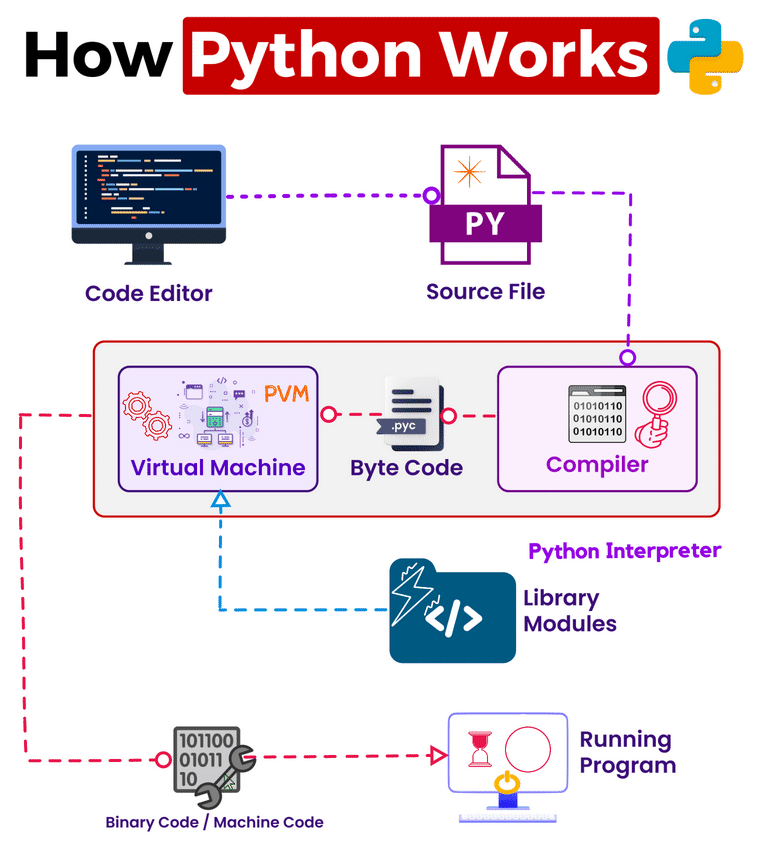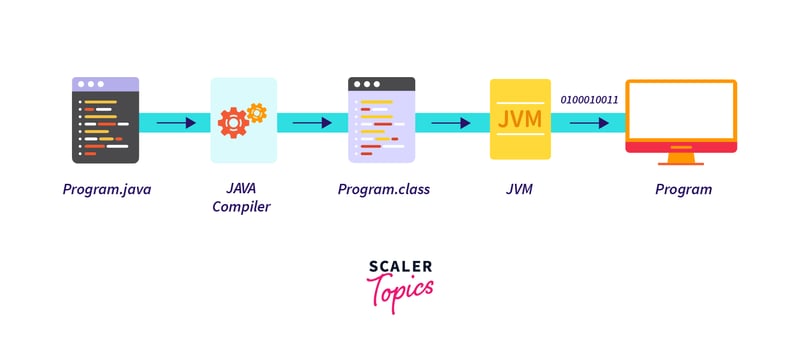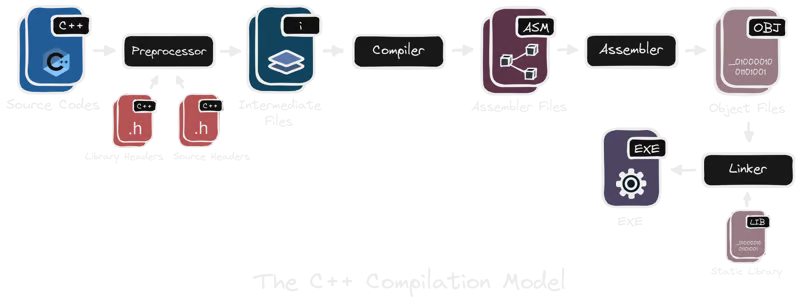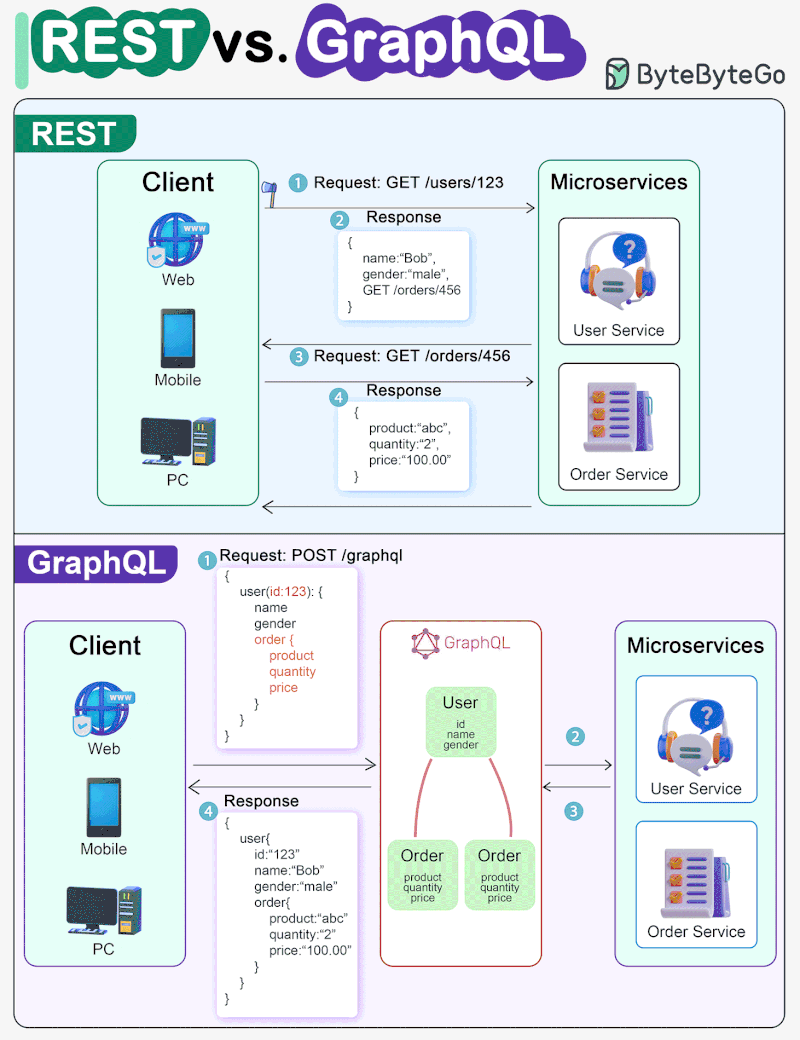

Python code executes through an interpreter that reads code line by line, translating it into efficient bytecode. This bytecode is run by the Python Virtual Machine. Python's dynamic nature, where variable types are determined at runtime, contrasts with compiled languages. While typically interpreted, tools exist to compile Python code for performance gains. The Global Interpreter Lock (GIL) ensures that only one thread executes Python code at a time, impacting performance in CPU-bound tasks but simplifying memory management.

Java is a compiled language that undergoes a two-step execution process. First, the source code (.java file) is compiled into bytecode (.class file) by the Java compiler. This bytecode is platform-independent, meaning it can run on any system with a Java Virtual Machine (JVM). The JVM then interprets the bytecode at runtime, translating it into machine code specific to the underlying hardware. This architecture provides Java its renowned platform independence.

C++ is a compiled language, meaning its source code is translated into machine code before execution. This process involves several stages: preprocessing, compilation, assembly, and linking. The preprocessor handles directives like includes and macros, while the compiler translates the code into assembly language. The assembler converts assembly into machine code, and finally, the linker combines object files and libraries to create an executable program. This executable is then loaded into memory and executed by the CPU.


Go code execution involves a compilation process where source code is transformed into machine-readable instructions. The compiled code, along with necessary libraries, is linked to create a standalone executable file. Program execution begins at the main function, the entry point of every Go application. Code is organized into packages, functions, and variables, and control flow is managed through constructs like if/else, for, and switch. Goroutines enable concurrent programming, while channels facilitate communication between them. The language's efficiency, garbage collection, and rich standard library contribute to its popularity.
For animation, see the last image.
C# is a compiled language that utilizes a hybrid approach. The C# compiler translates source code into Intermediate Language (IL) code, also known as Common Intermediate Language (CIL). This IL code is platform-independent and embedded within an assembly along with metadata. The Common Language Runtime (CLR) then loads the assembly, compiles the IL code into native machine code using Just-In-Time (JIT) compilation, and executes it. This combined approach offers the benefits of both compiled and interpreted languages, providing performance and portability.
For animation, see the last image.
JavaScript is an interpreted language that executes directly within a web browser or other JavaScript environment. Unlike compiled languages, it doesn't require a separate compilation step.
Execution Context is a crucial concept in understanding how JavaScript code runs. It's essentially an environment where code is executed, containing variables, functions, and the scope chain. There are two main types: Global Execution Context (GEC) and Function Execution Context (FEC).
The JavaScript engine parses the code line by line, creating a Call Stack to manage function calls. Functions are pushed onto the stack when called and popped off when they return. This stack-based approach ensures proper execution order and prevents issues like infinite recursion.
Asynchronous operations like AJAX requests, timers, and event handling are handled differently due to JavaScript's single-threaded nature. They use mechanisms like the Event Loop and callback functions to avoid blocking the main thread.
Understanding these core concepts is essential for writing efficient and reliable JavaScript code.

Reset VS GraphQL
the choice of language hinges on the specific requirements of a project, considering factors such as performance, development speed, platform compatibility, and ecosystem support.
Thank you for reading the article. I hope you found the information provided to be insightful and informative.
article by chinnanj
The above is the detailed content of The Execution Engine: How Your Code Transforms into Action. For more information, please follow other related articles on the PHP Chinese website!
 win10 system disk occupied 100%
win10 system disk occupied 100% What are the application areas of mongodb?
What are the application areas of mongodb? How to use find command to find files in linux
How to use find command to find files in linux Unable to locate program input point in dynamic link library
Unable to locate program input point in dynamic link library What should I do if the docker container cannot access the external network?
What should I do if the docker container cannot access the external network? Springcloud five major components
Springcloud five major components Solution to computer black screen prompt missing operating system
Solution to computer black screen prompt missing operating system Application of artificial intelligence in life
Application of artificial intelligence in life



